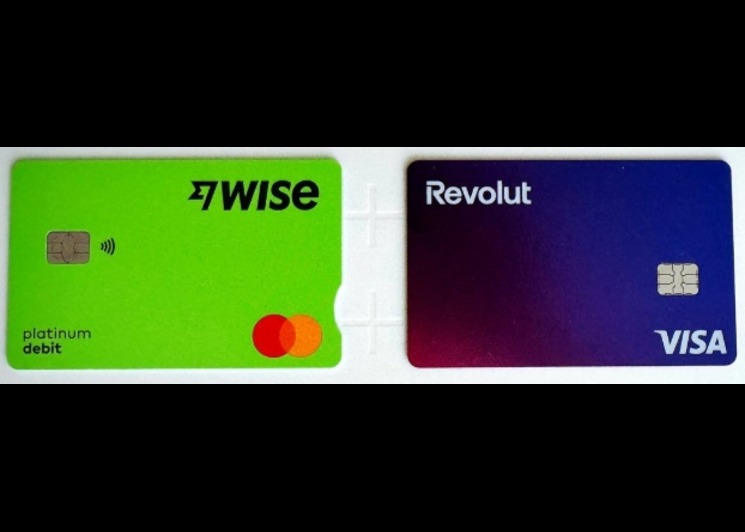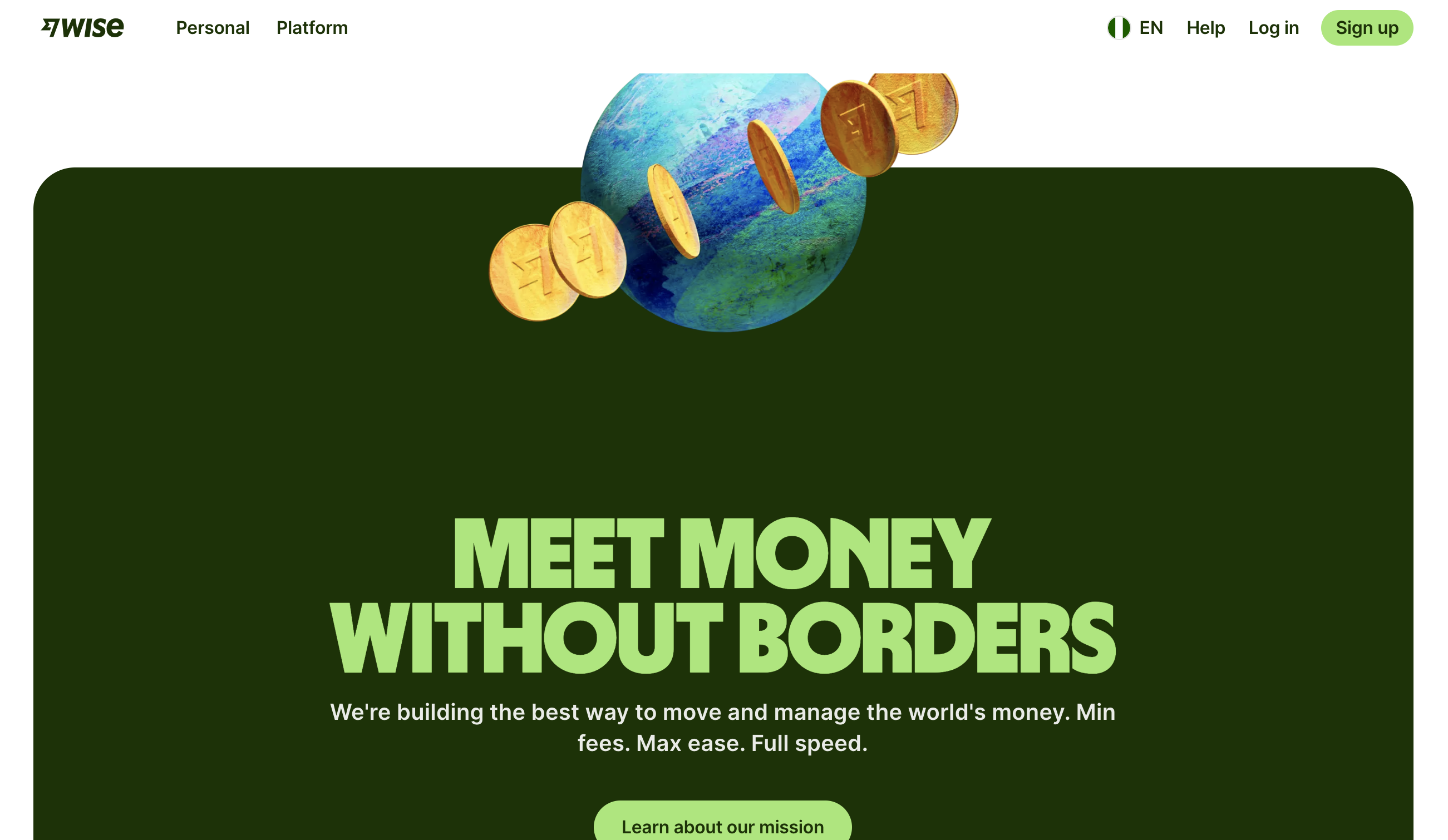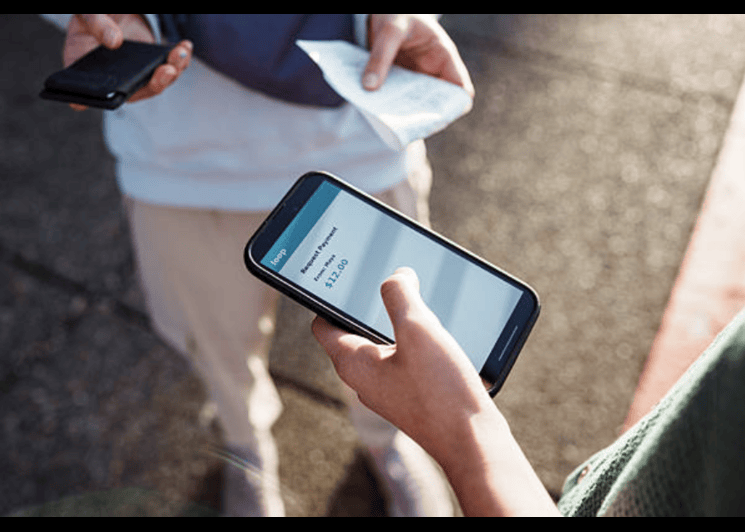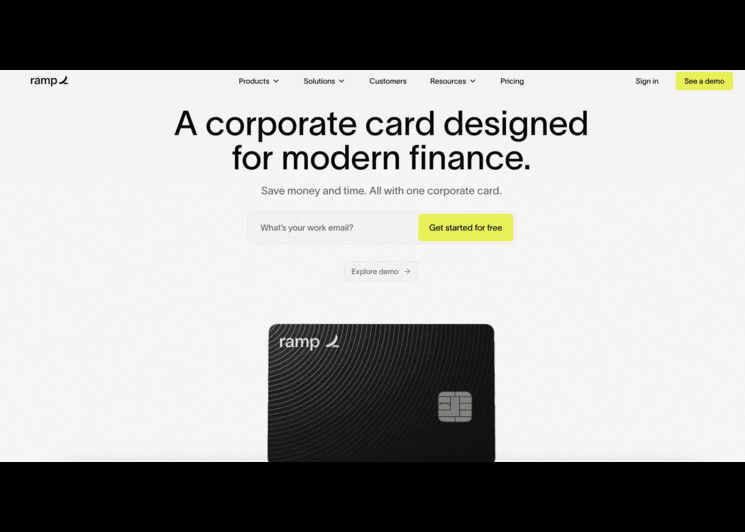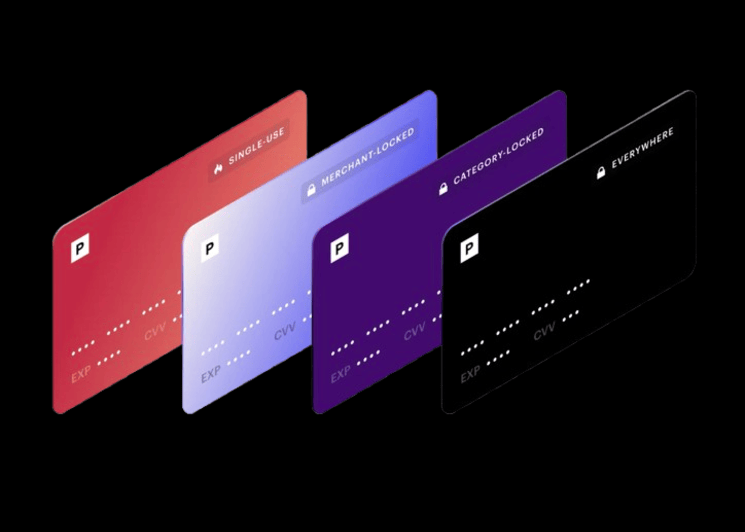TikTok ads cost: a clear, practical guide for 2025
Why understanding TikTok ad costs matters
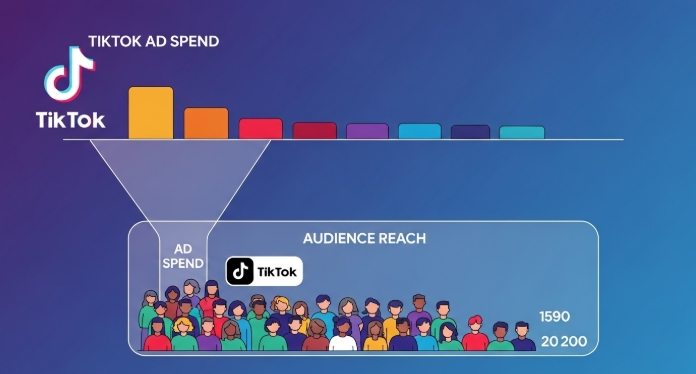
You want reach, speed, and sales without waste. Understanding TikTok ads cost helps you plan smart budgets, test fast, and scale with confidence.
You pay attention in a busy feed, so every dollar must work hard. When you know how TikTok prices impressions and clicks, you set tight targets, avoid guesswork, and keep teams aligned. Clear cost targets also make reporting simple. Finance sees the plan. Media buyers see the guardrails. Leadership sees the path to ROI.
Quick ranges to anchor your plan
- CPM: often $3.50–$9.50 for In-Feed and Spark Ads, based on region and quality
- CPC: often $0.20–$1.75, with strong creative pushing to the low end
- TopView / Brand Takeover: from $30,000–$150,000 per day for mass reach
Costs vary by country, competition, and creative. Still, these bands give you a starting point for forecasts. And yes, payment control matters too. A virtual card per campaign helps you cap spend, block unauthorized retries, and see charges in real time. Tools like Bycard make this easy inside your billing flow.
- TikTok ads cost: a clear, practical guide for 2025
- Why understanding TikTok ad costs matters
- How TikTok’s ad pricing works
- Factors that drive costs up or down
- Strategies to optimize and lower costs
- How virtual cards help control your TikTok ad spend
- Comparing TikTok ad cost to Meta, YouTube, and others
- Cost optimization tips plus virtual card strategy
- TikTok Ads Manager: setup and daily checks
- Risk and billing: avoid pauses and surprise costs
How TikTok’s ad pricing works
TikTok uses an auction. You enter with a goal and a bid. The system weighs your bid and your ad quality against others trying to reach the same people. Then it serves the best mix for user experience and revenue.
Key buying models
- CPM, you pay per 1,000 impressions. These suits reach and awareness.
- CPC, you pay per click. This helps when traffic is the KPI.
- oCPM, you optimize for a conversion event while still paying on impressions. This is common for leads or purchases.
What affects the price
- Targeting. Narrow filters raise price due to lower supply.
- Ad format. TopView and Takeovers cost more. In-Feed and Spark Ads are more flexible.
- Bid strategy. Manual bidding gives control. Automated bidding saves time and smooths delivery.
- Engagement quality. Strong hook rates, watch time, and click-through lower costs.
- Creative freshness. Fatigue hurts delivery and raises CPC.
Minimum budgets and constraints
TikTok sets campaign and ad group minimums to keep delivery healthy. In many accounts you will see minimum daily budgets at the ad group and campaign levels, with slightly higher thresholds for conversion objectives. Check the latest rules in TikTok Ads Manager for your country and account type before launch.
Factors that drive costs up or down
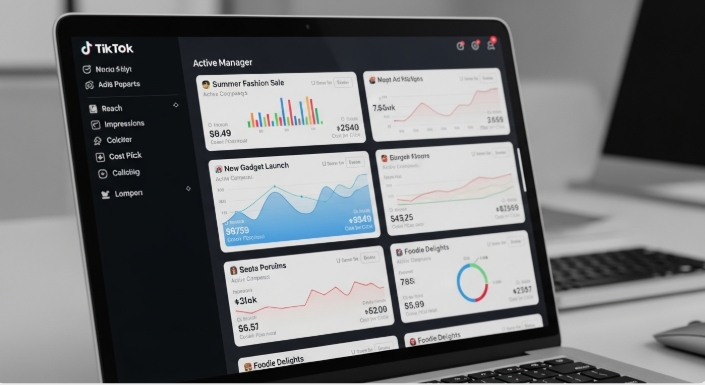
Small changes shift price. Plan for the big levers first, then tune week by week.
Targeting, timing, and seasonality
Holiday weeks, flash sales, and end-of-month pushes raise auction pressure. Narrow interests plus tight geos also raise CPM. Broaden where you can. Use larger seed audiences. Add lookalikes. Then layer exclusions to avoid waste.
Creative quality, relevance, and fatigue
The first two seconds decide your cost. Strong hooks lift view rate. Clear offers lift clicks. Rotate assets often. When frequency rises and performance drops, refresh the hook, the angle, or the CTA.
Bid strategy and placements
Manual bids help during launches and high-stakes days. Automated bids help most other times. Include placements across the network, then cut weak ones. Keep an eye on inventory that inflates CPM without adding conversions.
Audience overlap and frequency capping
Overlapping ad sets fight each other. You pay more to win the same user. Use exclusions between ad sets. Cap frequency for upper-funnel bursts. Relax caps for retargeting when the window is short.

Perfect Card for running ads!
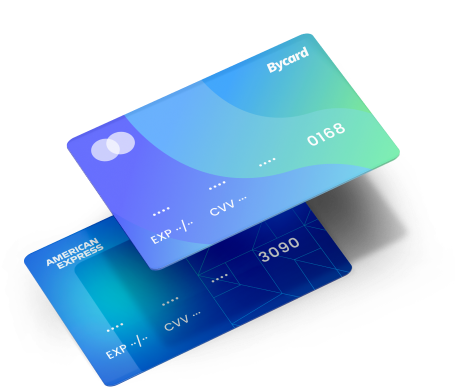
Strategies to optimize and lower costs
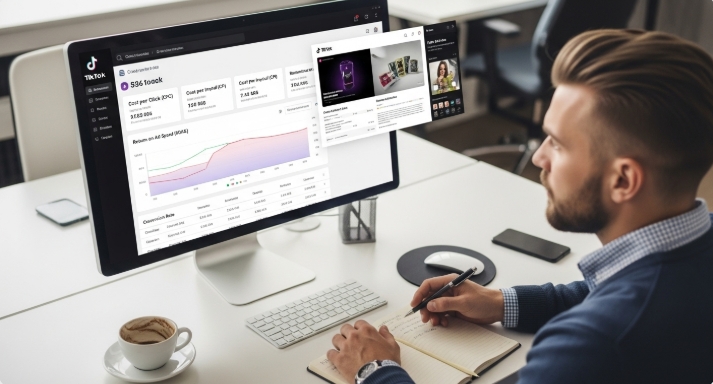
Build a repeatable process. Keep it simple. Scale what wins.
A/B testing and dynamic creatives
Test one variable at a time. Try three hooks per product angle. Use dynamic product ads where eligible. Promote posts that already earned comments and saves.
Budget pacing and dayparting
Start with daytime hours in your buyer’s time zone. Add nights if results hold. Raise budgets in 15–25 percent steps, not 100 percent jumps. Sudden spikes often break learning and push CPC up.
Retargeting and lookalikes
Warm traffic converts cheaper. Build retargeting sets by page views, video views, and add-to-carts. Use 1–3 percent lookalikes from high-quality seed lists. Expand only when CPA stays stable.
Scale without blowing cost
Duplicate winners into new geos or languages. Keep the same angle, change voiceover and caption. Add fresh hooks weekly. Protect quality while you raise caps.
TikTok ad cost benchmarks for 2025
Use ranges to plan. Use your own data to decide.
Global average ranges (planning bands)
- CPM: $3.50–$9.50
- CPC: $0.20–$1.75
- TopView / Brand Takeover: $30,000–$150,000 per day
Cost by ad format (typical patterns)
| Format | Typical use | Cost notes |
| In-feed | Always-on, direct response | Most efficient CPM/CPC at scale |
| Spark ads | Boost strong organic posts | Lower CPC when social proof is high |
| Topview | Big launch day reach | High fixed costs, broad impact |
| Branded Hashtag Challenge | UGC at scale | Fixed fee packages, big production lift |
International variation
- U.S. and U.K. usually sit at the higher end due to competition.
- Europe varies by market. Nordics trend higher than Southern Europe.
- Asia shows wide spread. Japan and Korea trend high. Southeast Asia often sits lower, yet can spike in shopping holidays.
Always check TikTok Ads Manager forecasts for your exact geo before locking budgets.
How virtual cards help control your TikTok ad spend
Payment glitches pause delivery. Clear controls keep campaigns live. A virtual card makes this simple.
What is a virtual card
It is a card number you create in an app. It works on Visa or Mastercard rails. You can set limits, lock merchants, and freeze it fast. It behaves like a focused, secure prepaid card, but with better controls.
Benefits for media buyers and finance
- Set hard spending limits per campaign. Cap risk and stop runaway costs.
- Prevent unauthorized or duplicate charges. Merchant lock keeps spend on policy.
- Manage many campaigns across platforms. Use one card per platform or per client across TikTok, Meta, and Google.
- Auto-renewal control and visibility. End dates stop unwanted billing. Logs map cleanly to the right project.
Where Bycard fits
Bycard issues instant virtual cards for TikTok ads. You name a card by campaign, set a weekly cap, lock it to ad merchants, and turn on alerts for first charge, spikes, or decline clusters. If a card fails in prime time, you replace it in seconds and keep spend flowing. Finance exports card-level logs that reconcile cleanly with TikTok Ads Manager.
Comparing TikTok ad cost to Meta, YouTube, and others
Cross-platform planning needs a common view. Use rough ranges to set expectations.
| Platform | CPM (plan band) | CPC (plan band) | CTR pattern | Notes |
| TikTok | $3.5–$9.5 | $0.20–$1.75 | High with strong hooks | Best for short-form creative and Gen Z/Gen Alpha reach |
| $5–$14 | $0.40–$2.00 | Medium-high | Great for lifestyle and shopping tags | |
| $4–$12 | $0.30–$1.50 | Medium | Strong for broad reach and retargeting | |
| YouTube | $6–$20 | $0.50–$3.00 | Lower CTR, higher intent | Great for longer stories and education |
Unified payment control
Use the same virtual card model across platforms. Keep one card per platform, client, or objective. This isolates risk and speeds finance close.
Cost optimization tips plus virtual card strategy
Put media craft and payment control in one playbook.
Optimization levers
- Creative refresh, rotate new hooks weekly to fight fatigue.
- Audience size tuning, keep prospecting wide and retargeting tight.
- Time of day and dayparting, spend where your buyers are awake and ready.
- Bidding model tests, move between automated and manual based on stability.
Virtual card tips
- Preload a “test campaign” card, cap to a low weekly limit so experiments stay safe.
- Lock cards when performance drops, freeze the card, audit setups, and relaunch.
- Use cards per geography or creative type; clean logs make ROAS reviews fast.
TikTok Ads Manager: setup and daily checks
The tool is your control room. Keep a short routine.
Daily checklist
- Learning status, avoid big edits during learning.
- Frequency and CPV, pull back when frequency climbs without conversion.
- Creative split, ensure at least two active hooks per ad group.
- Budget pacing, adjust by 15–25 percent steps to hold stability.
Risk and billing: avoid pauses and surprise costs
A good plan still needs guardrails. Keep your ads live.
Common billing pitfalls
- A shared card across many platforms, one fraud flag pauses everything.
- Threshold spikes at month end, spend hits higher than usual at once.
- Bank risk rules on international charges, especially for new accounts.
Simple protections
- One card per platform or campaign with a live backup on file.
- Small test charge before big pushes.
- Alerts for first charge, decline clusters, and spikes.
- Bycard as your issuance layer so you can swap cards fast and keep clean logs.
Conclusion
When you understand TikTok ads cost, your plans get sharper and your budgets work harder. Use auction basics to set expectations. Track the levers that move price, such as targeting, timing, and creative. Anchor forecasts with clear CPM and CPC bands, then update with your own results in TikTok Ads Manager. Protect delivery with a virtual card strategy that caps spend, locks merchants, and swaps fast if a bank flag appears. With Bycard handling card issuance and limits, you keep ads live, logs clean, and finance calm. Stay disciplined, keep learning, and let your best creative lead the way while the numbers stay under control.


